24-hour hotline:+8613662168047
Keyword search: battery plant , lithium battery factory , power bank works , lifepo4 battery mill , Pallet Trucks LiFePO4 Battery, LiFePO4 Pallet Trucks Battery, Lithium Pallet Trucks Battery,
Processing of Single Cell Batteries
The first step is the processing of individual electrodes
Mixing: Mix electrode active materials, adhesives, solvents, etc. together, thoroughly stir and disperse to form a slurry.
Coating: Apply the prepared slurry evenly to the current collector (aluminum foil or copper foil, etc.) with a specified thickness.
Baking: High temperature baking and drying treatment.
Mixing and baking are related, and baking is to better fix the mixed slurry on aluminum or copper foil. The baking process is a high energy consuming process, and if this process can be improved, it can reduce the processing cost of the positive and negative electrodes of lithium-ion batteries.
The homogenization of lithium-ion batteries is a crucial step in the processing of lithium-ion batteries. The homogenization process involves mixing active substances, binders, and conductive agents into a uniform suspension. Usually, we first disperse the binder into a gel, and some processes first disperse the conductive agent from the gel into a conductive adhesive, and then mix it with the active substance.
Some processes mix conductive agents and binders with the adhesive solution. The key to homogenization is how to evenly disperse the various components in the slurry. In order to achieve this goal, the homogenization process needs to be optimized. Currently, important homogenization processes are mainly divided into dry homogenization and wet homogenization. With the gradual popularization of nanomaterials, lithium-ion battery manufacturers are also adopting high-speed dispersion equipment and utilizing high-speed shear purposes, Make the dispersion of the slurry more uniform, and in addition, many material manufacturers have developed a large number of additives to improve the dispersion of the slurry.
Step 2, Processing of Single Cell Batteries
After completing the electrode drying process mentioned above, we have entered the next stage of lithium ion battery processing, which is the processing of individual batteries.
Pressing: Rolling is the process of rolling and pressing coated positive and negative electrode materials to better adhere to aluminum or copper foil.
Cutting: Cutting is the process of cutting rolled and pressed electrode plates into strips according to process standards.
In order to prevent the electrode from absorbing moisture again after drying, the entire single cell battery processing process must be carried out in the drying room.

Lithium Batteries ,Ensure Quality
Our lithium battery production line has a complete and scientific quality management system
Ensure the product quality of lithium batteries
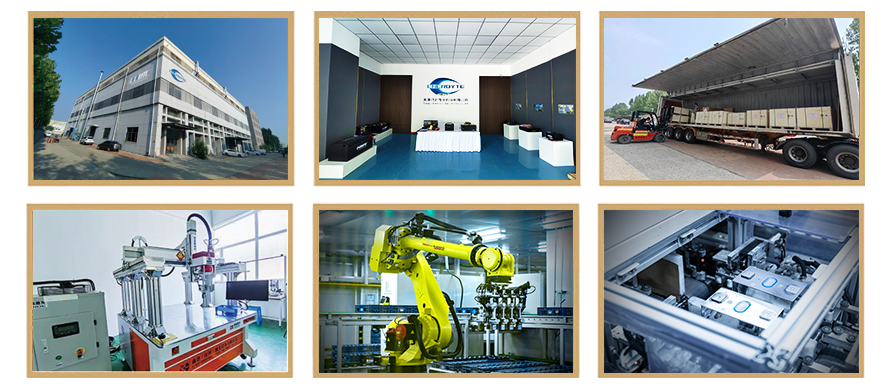
Years of experience in producing lithium batteries
Focus on the production of lithium batteries
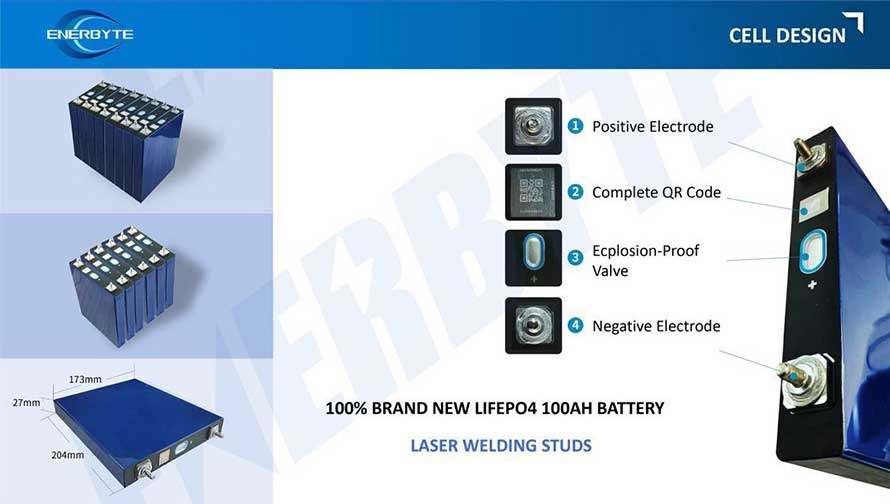
WE PROMISE TO MAKE EVERY LITHIUM BATTERY WELL
We have a comprehensive explanation of lithium batteries
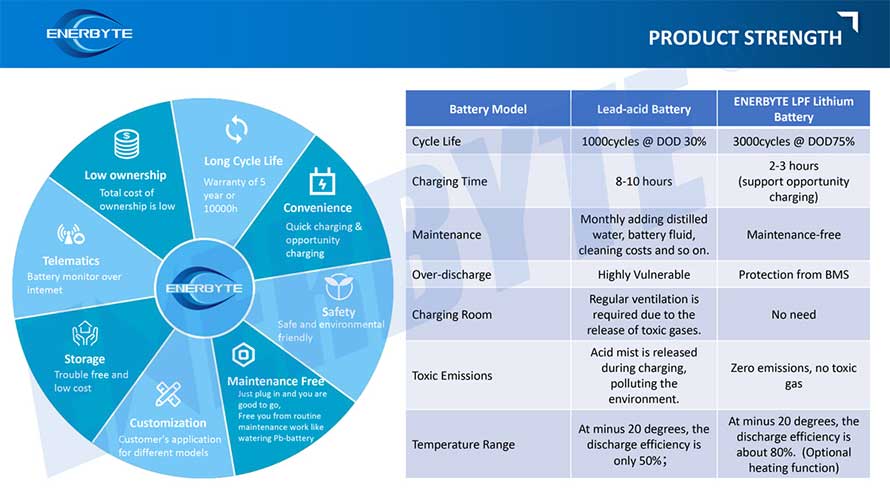
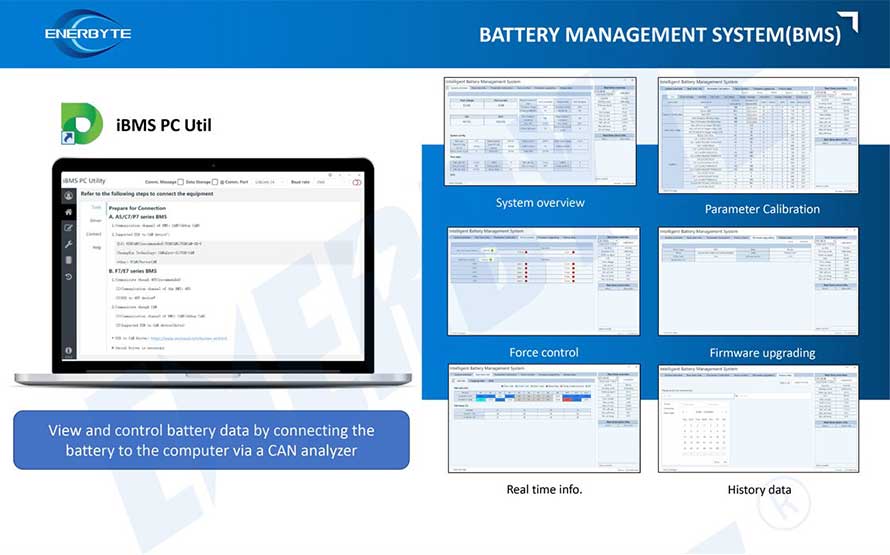
QUALIFICATION CERTIFICATE
THE QUALITY OF COMPLIANCE PROVIDES GUARANTEE FOR CUSTOMERS
MULTIPLE QUALIFICATION CERTIFICATES TO ENSURE STABLE PRODUCT QUALITY
Providing customers with professional and assured products is the guarantee of our continuous progress.
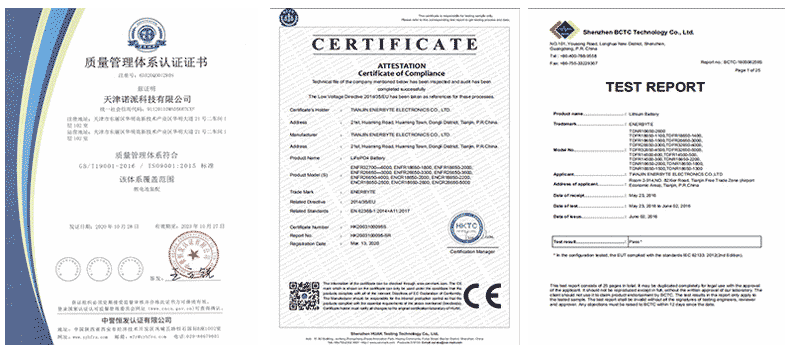
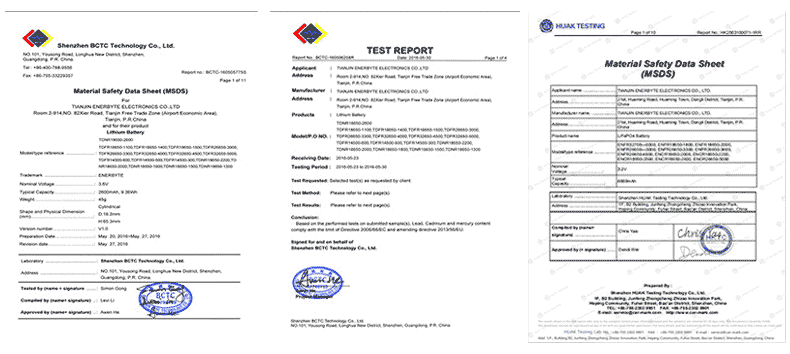
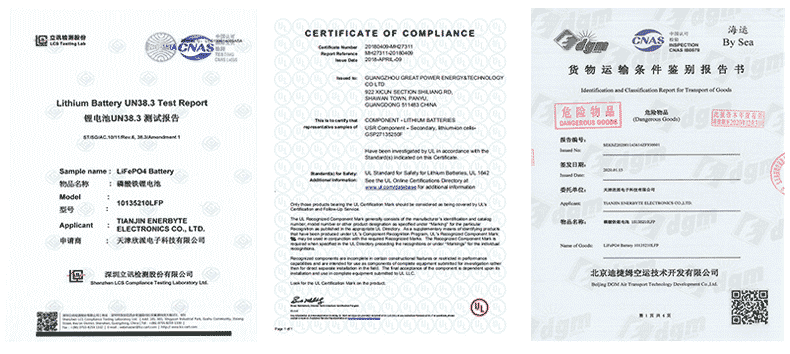
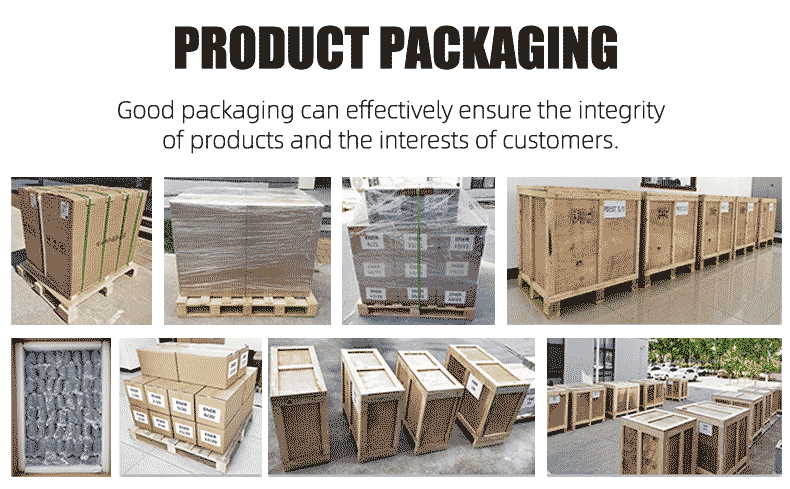
Applicable brands of our products
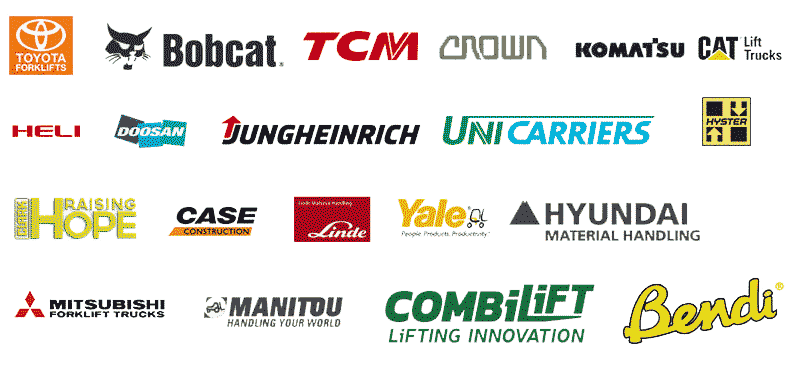

 Service hotline
Service hotline